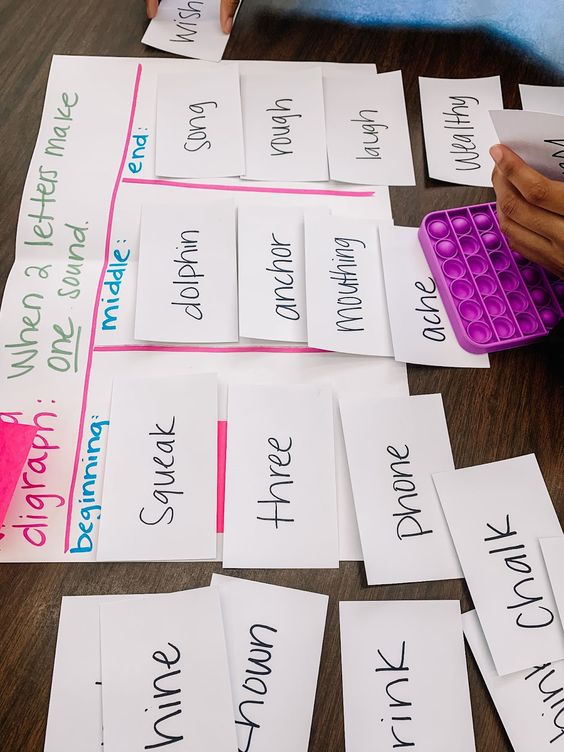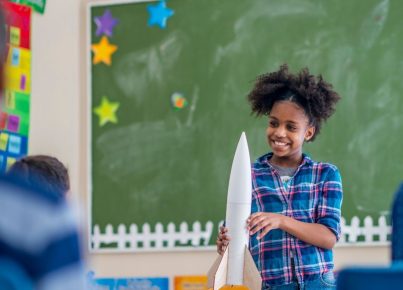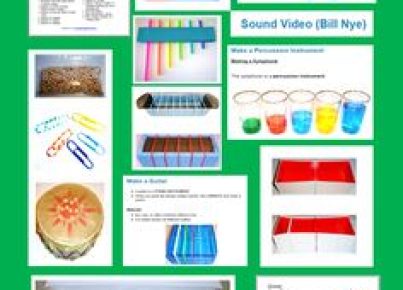1. Storyboard creation: Have students arrange illustrated or written events in chronological order to form a narrative.
2. Timelines: Teach students how to create timelines of historical events or personal life experiences.
3. Number Sequences: Encourage mathematical thinking with number sequence puzzles, such as finding the next number in a pattern.
4. Sequencing games: Create simple board games that require students to move forward by identifying the correct sequence of events.
5. Picture sequencing: Provide students with images that must be arranged in a logical order to create a coherent story.
6. Match-and-connect activities: Develop matching cards that include sequences and their corresponding explanations to foster understanding.
7. Comic strip creation: Instruct students to design a comic strip, ensuring the panels follow a logical order.
8. Musical patterns: Incorporate sequencing through clapping or playing simple rhythms on percussion instruments, then increasing complexity over time.
9. Coding challenges: Introduce basic programming concepts requiring step-by-step instructions to accomplish specific tasks.
10. Sentence scrambles: Jumble up sentences and have students rearrange them to form coherent paragraphs or stories.
11. Cause-and-effect scenarios: Highlight connections between actions and their consequences through group discussions or written exercises.
12. Science experiments: Assign projects that involve following steps or documenting reactions—such as growing seeds—to illustrate sequential processes.
13. Dance routines: Engage students in learning structured dance sequences, emphasizing the importance of order in choreography.
14. Assembly tasks: Encourage teamwork through activities requiring participants to assemble objects or solve puzzles using only sequential instructions.
15. Nature walks: Explore the life cycles of plants and animals, highlighting various stages and their chronological procession in sequence with student observations.
16. Peer-editing activities: Establish workshops where students review one another’s work for clarity and cohesion, honing their sequencing skills by identifying inconsistencies or gaps in logic.
17. Oral storytelling: Stage performances that require students to recite narratives in chronological order, emphasizing memory and storytelling techniques.
18. Signpost creation: Organize scavenger hunts or map-based quests, where students must decipher clues presented sequentially.
19. Cooking lessons: Integrate simple cooking activities to demonstrate the importance of following recipes and methods step by step.
20. Implementation of daily routines: Structure the classroom time with clear routines that follow a predictable order, highlighting the concept of sequencing throughout the day.





